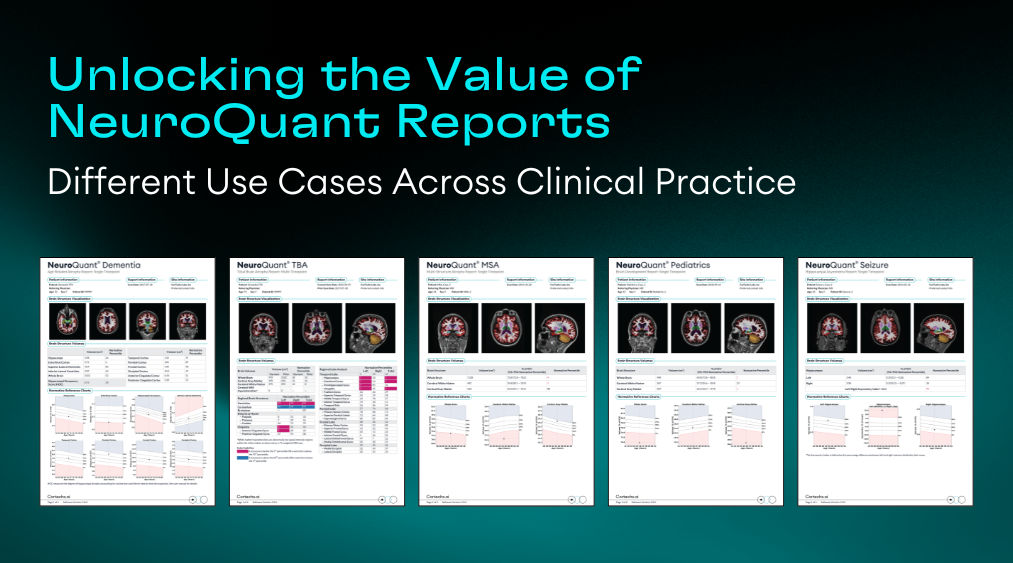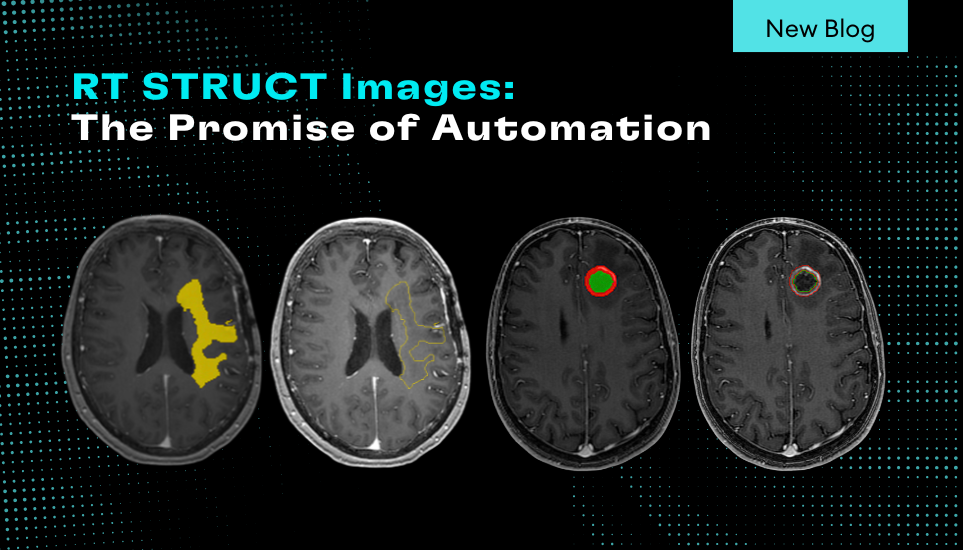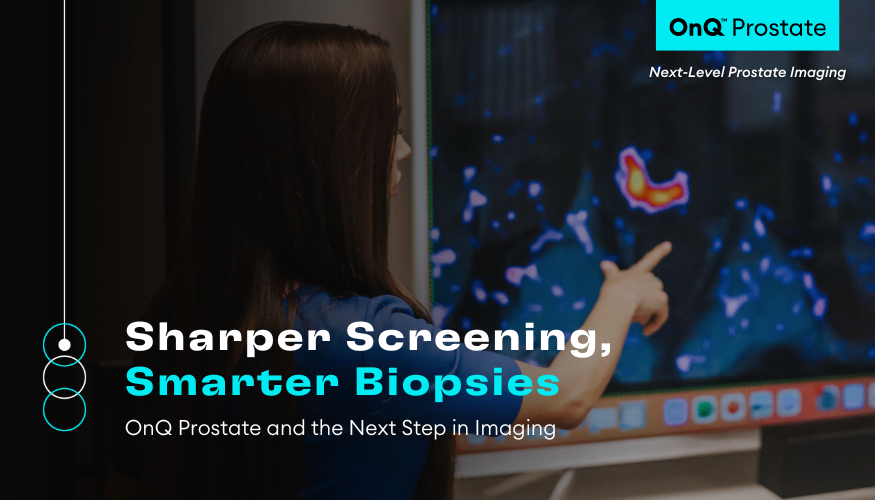Precision Without the Pressure: Smarter Brain Tumor Monitoring
In the management of brain tumors, precision is everything. From initial diagnosis through treatment monitoring and long-term follow-up, clinicians rely heavily on imaging to assess tumor size, location, and progression over time.
In many hospitals, imaging centers, and clinics today, tumor segmentation and volumetric analysis are still largely done manually—a time-consuming, subjective, and often inconsistent process. As the complexity of brain tumor treatment grows, so does the need for efficient, standardized imaging support.
The Challenges of Manual Tumor Segmentation
Manual segmentation—the process of outlining tumor boundaries by hand on MR images—has long been the standard in many settings. But it comes with major drawbacks:
-
Time-Intensive: Segmenting a brain tumor manually can take anywhere from 30 minutes to several hours, depending on the case complexity.
-
Inconsistency: Results can vary widely depending on the reader, leading to inter-reader variability that affects interpretation and planning.
-
Limited Comparability: Tracking tumor changes over time requires careful image comparison. Without standardized, quantitative data, this process is prone to error.
-
Workflow Burden: For busy radiology and oncology teams, manual segmentation adds a significant, often unscalable, workload.
Automated Segmentation for a Better Workflow
Automated segmentation and volumetric analysis help overcome these challenges by delivering:
- Consistent, reproducible tumor segmentations
- Quantitative data in a fraction of the time
- Tools that support—not replace—clinical expertise
With NeuroQuant® Brain Tumor v2.0.0, an FDA-cleared solution is now available for the analysis of three of the most common tumor types: Gliomas, Meningiomas, and Brain Metastases.
By automating tumor segmentation and analysis, NQ BT supports treatment planning, longitudinal tracking, and clinical workflow—while reducing the manual burden on radiology and oncology teams.
NeuroQuant Brain Tumor Modules
Gliomas
Use Case: Longitudinal monitoring and treatment response
Gliomas are often diffuse and irregularly shaped, making them difficult to segment manually. Subtle changes over time are critical, and without quantitative tools, these can be hard to detect.
NQ BT Helps By:
- Providing consistent 3D volumetric measurements across timepoints
- Highlighting tumor burden and tissue type changes over time
- Reducing subjectivity in evaluating progression or response
Meningiomas
Use Case: Surgical planning and surveillance
Though slow-growing, meningiomas can pose surgical challenges based on location. Accurate volume estimates are essential for making informed decisions.
NQ BT Helps By:
- Quickly quantifying tumor volume to support treatment planning
- Generating structured data for longitudinal surveillance
- Supporting documentation of tumor stability or growth
Brain Metastases
Use Case: Radiation therapy planning and treatment monitoring
Patients with brain metastases often present with multiple lesions. Manually segmenting each is time-prohibitive and prone to errors.
NQ BT Helps By:
- Rapidly identifying and segmenting multiple metastases
- Providing RT STRUCT outputs to support radiation therapy workflows
- Enhancing consistency in follow-up comparisons
Streamlined Clinical Integration
NeuroQuant Brain Tumor includes RT STRUCT output of segmentations—critical for integration into radiation therapy planning systems and PACS. This allows for:
- Seamless import into existing systems
- Support for multidisciplinary workflows
- Reduced need for manual editing or conversions
A Smarter Way to Support Clinical Care
Automated segmentation and volumetric tracking aren’t meant to replace clinical judgment—they’re designed to empower it.
By improving consistency, enabling precise monitoring, and reducing manual workload, Cortechs.ai tools help clinicians make more informed decisions, faster.
In a world where time is limited and accuracy is essential, automation isn’t just helpful—it’s essential.






